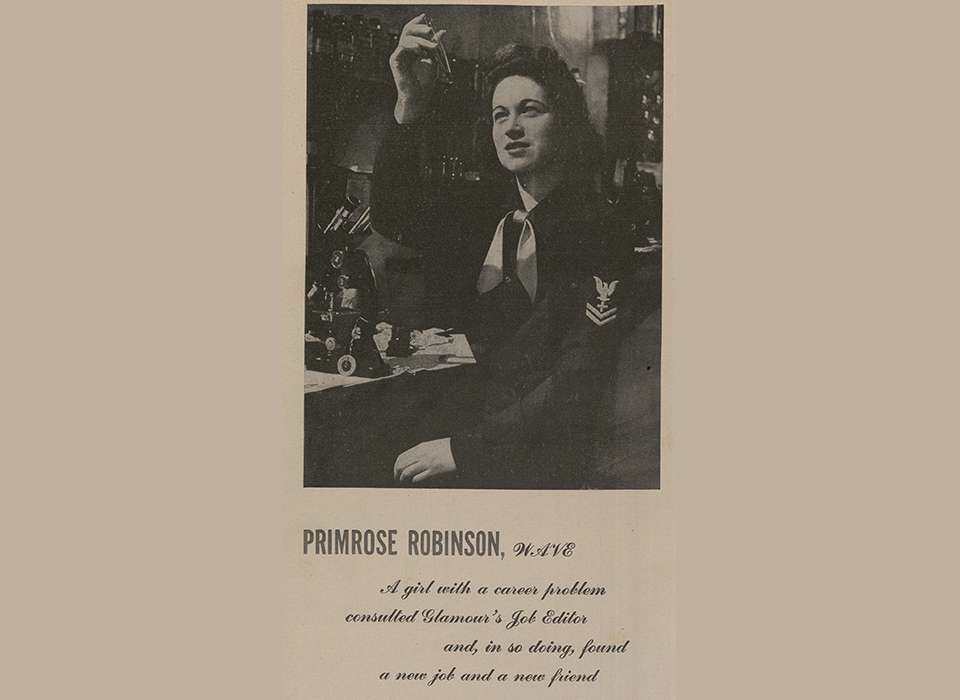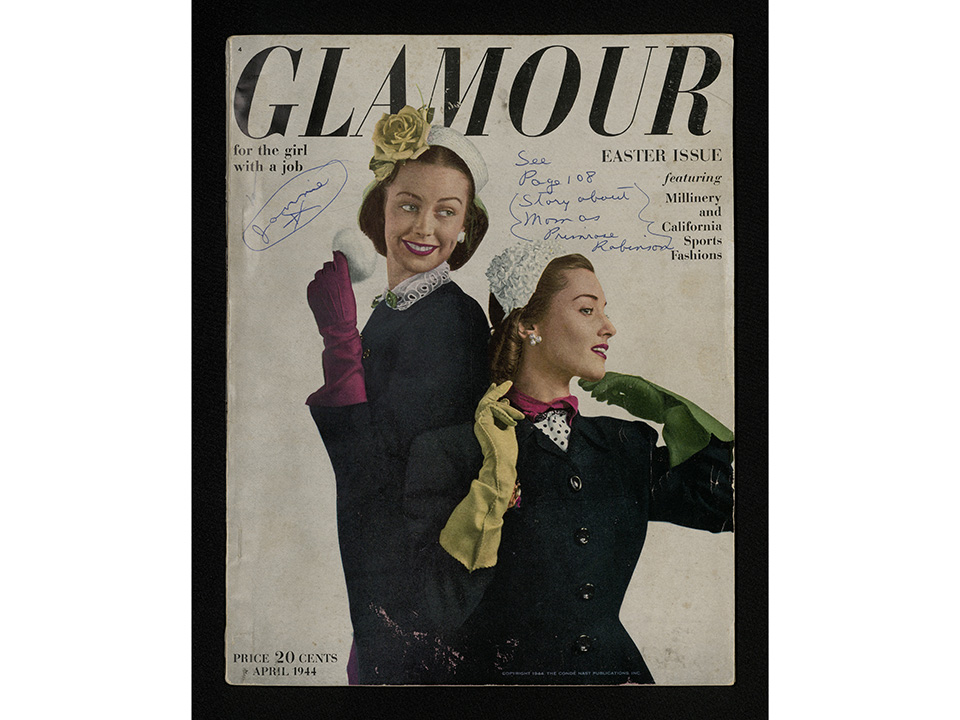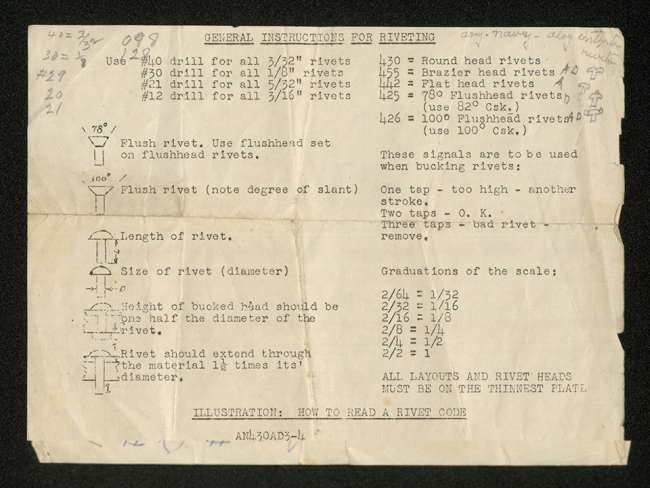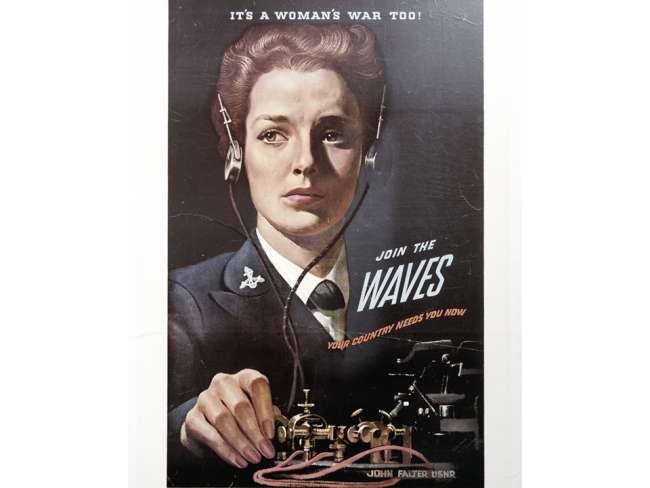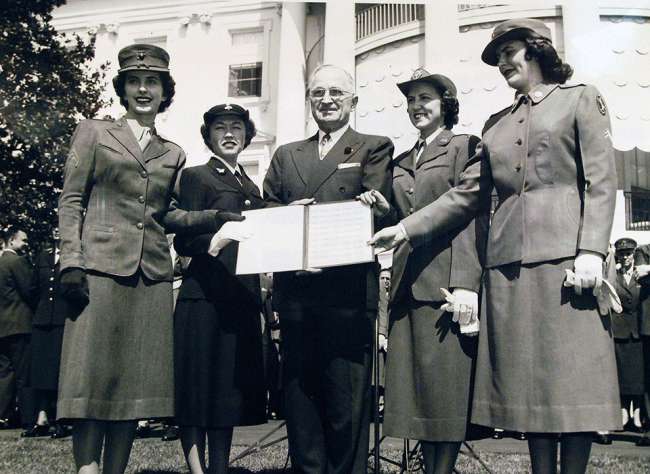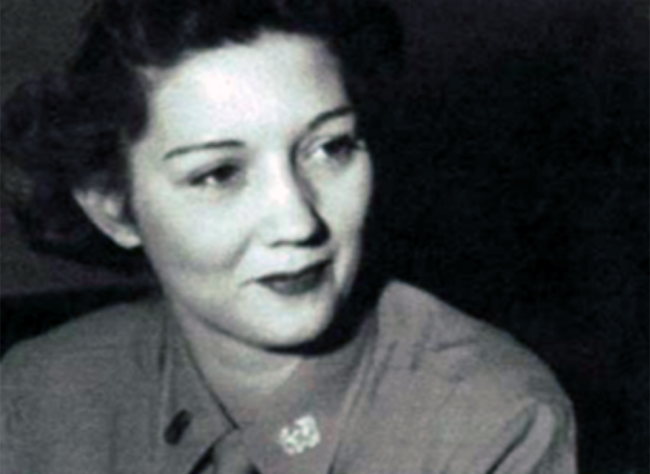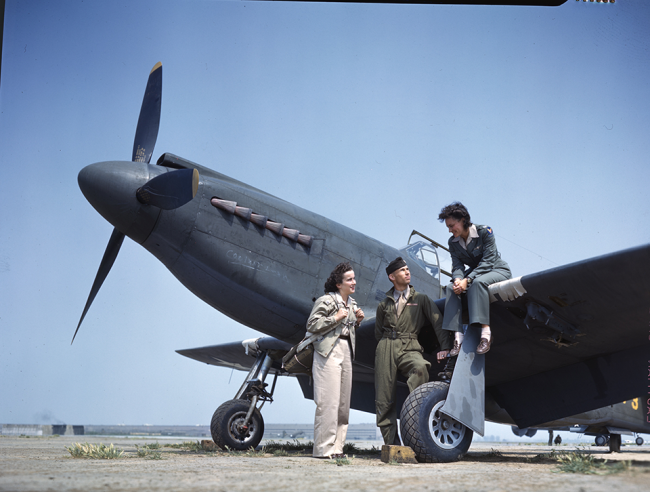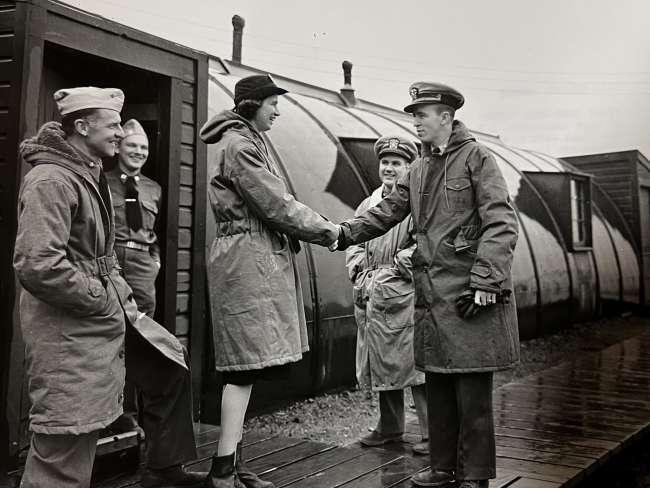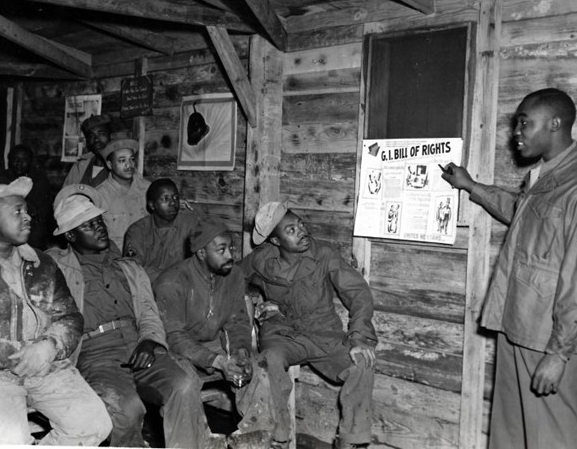Opportunities in the services provided young women with practical experience combined with a larger purpose. Military service was marketed to them not only as a patriotic duty, but as a solution to a career problem. Publications aimed at women and girls addressed options for women in production and also in uniform. When Seventeen made its debut in 1944, Editor in Chief Helen Valentine addressed to High School Girls of America, “You’re going to have to run this show — so the sooner you start thinking about it, the better. In a world that is changing as quickly and profoundly as ours is, we hope to provide a clearinghouse for your ideas.” Even Vogue pitched women’s service in their July 1943 issue with a WAVES cover feature, “Calling All Women: New professions, front-line and behind-the-line.”
Glamour had a particular focus on the career realm. First published in 1939 as Glamour of Hollywood, it changed its name to the more serious Glamour: for the girl with the job in August 1943. One of Glamour’s signature features was an advice column penned by Job Editor Natalie Kiliani. Kiliani, a Vassar graduate and member of the Junior League of New York, answered questions from readers’ who were instructed to write to Kiliani at the “Job Problem Dept.” Glamour’s April 1944 Easter issue featured a profile on Primrose Robinson and her year-long correspondence with Job Editor Kiliani that began when 20-year-old Robinson wrote Kiliani for guidance.
Robinson was born in 1922 in a small railroad town 38 miles west of Chicago, just over a year after her parents emigrated to the United States from the northeast of England. She had two years at Cornell College, Iowa, cut short because her family could not afford her $30 boarding costs. She wrote to Glamour in March 1943, seeking an alternative to the liberal arts, a pathway into technical training, and advice on joining the women’s auxiliary branches.
"I fully realize that winning the war is the most important thing in a girl's life today."
Primrose Robinson
Just a week after receiving a response from Kiliani, Robinson joined the WAVES. In June 1943, she arrived for boot camp at Hunter College in the Bronx, nicknamed the “USS Hunter.” Robinson went from Seaman 2nd class (S 2/c) to Pharmacist’s Mate 3rd class (Phm 3/c) in the Hospital Corps in August 1943, and then in February 1944 was promoted to Pharmacist’s Mate 2nd class (Phm 2/c). Robinson and Kiliani prepared a human interest piece for Navy Public Relations to recruit young women, which was published in the April 1944 issue of Glamour. The piece details Robinson and Kiliani’s pen-pal friendship. This article follows Robinson from her entrance into service and her transition from a “Ripple,” to a full-fledged WAVE. It touches on how, in July 1943, not long after arriving in New York, Robinson was able to visit Kiliani at her home, taking her up on the offer to “stop in for some sherry.” In September 1943, when she was “beginning to feel natural in uniform,” Robinson was transferred from her training station to Washington, DC, to the Bureau of Medicine and Surgery, where she worked in record keeping. She reported to Kiliani that “Incidentally the man situation isn’t bad at all.”
The article profiling Robinson was reportedly very successful in reaching many young women and introducing them to life in the WAVES. Robinson served from May 1943 until discharge in November 1945.
Kim Guise
Kimberly Guise holds a BA in German and Judaic Studies from the University of Massachusetts Amherst. She also studied at the Universität Freiburg in Germany and holds a masters in Library and Information Science (MLIS) from Louisiana State University. Kim is fluent in German, reads Yiddish, and specializes in the American prisoner-of-war experience in World War II.
Cite this article:
MLA Citation:
APA Citation:
Chicago Style Citation:
